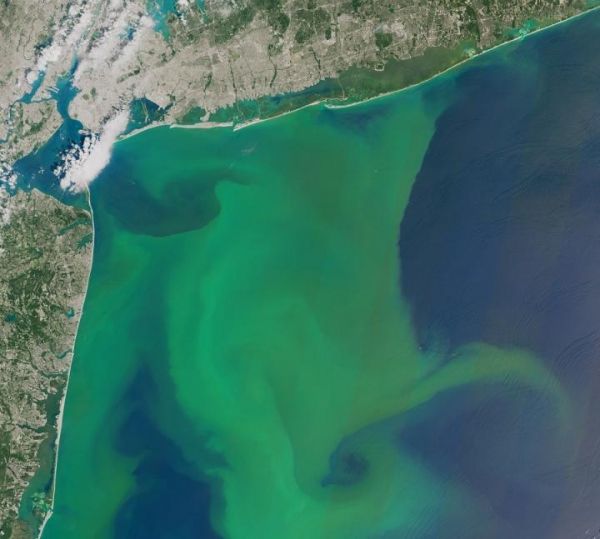Strategies for limiting climate change must take into account their potential impact on water quality through nutrient overload, according to a new study from Carnegie’s Eva Sinha and Anna Michalak published by Nature Communications. Some efforts at reducing carbon emissions could actually increase the risk of water quality impairments, they found.
Rainfall and other precipitation wash nutrients from human activities like agriculture into waterways. When waterways get overloaded with nutrients, a dangerous phenomenon called eutrophication can occur, which can sometime lead to toxin-producing algal blooms or low-oxygen dead zones called hypoxia.
For several years, Sinha and Michalak have been studying the effects of nitrogen runoff and the ways that expected changes in rainfall patterns due to climate change could lead to severe water quality impairments.
In this latest work, they analyzed how an array of different societal decisions about land use, development, agriculture, and climate mitigation could affect the already complex equation of projecting future risks to water quality throughout the continental U.S. They then factored in how climate change-related differences in precipitation patterns would additionally contribute to this overall water quality risk.
Read more at Carnegie Institution for Science
Image: This is a phytoplankton bloom off the Atlantic coast. (Credit: NASA Earth Observatory, by Joshua Stevens)


